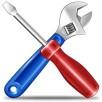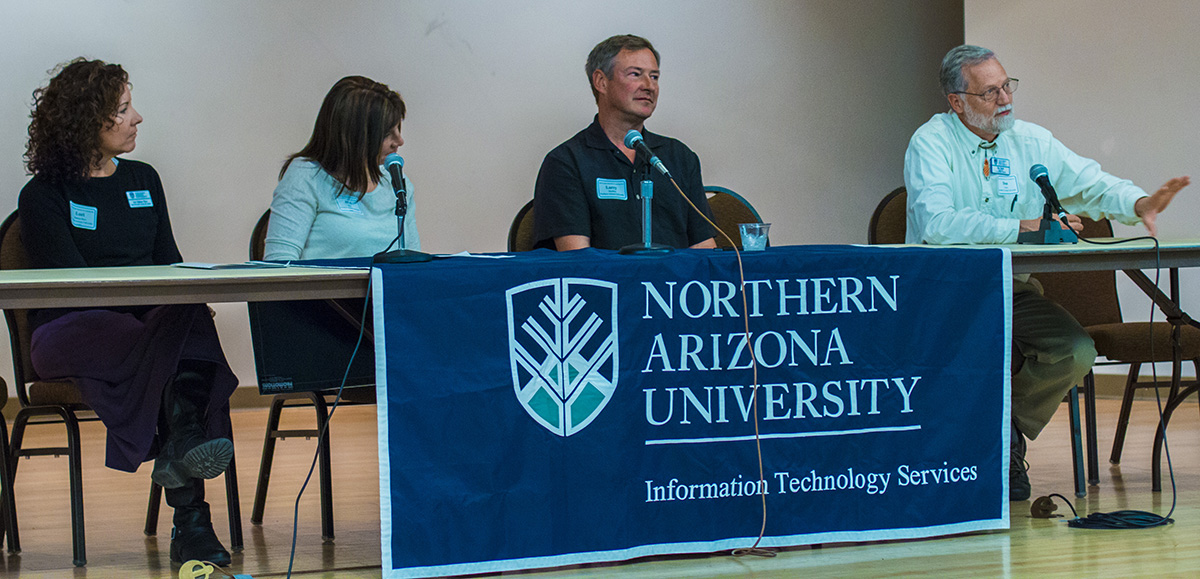Consulting Services
I do public speaking, technical and instructional training and consulting for various groups around campus and occasionally for other universities and non-academic institutions. My general areas of interest and expertise involve the following, most of which are interconnected.
- Emerging Technology Trends
- Teaching and Learning Theory and Practice
- Learning Systems like Blackboard, D2L, Canvas
- Learning Space Design, including lecterns, classrooms, and informal spaces
- Effective Teaching with Technology, whether in-person, blended, or fully online
- Science (particularly Biology) teaching
- Educational Hardware and Software Training
- Dual-boot and Triple-boot Computer Labs
- Macintosh, Windows and Linux computers
- iOS devices like the iPad, and Android too
- Social Software, like Facebook and Twitter
- Google Apps for Education and other collaborative tools
- Technology Troubleshooting
- Technology Purchasing Strategies
- Wired and Wireless Networking
- Website Design and Hosting
- Filemaker Database Design
- Open Source Software like Ubuntu and LibreOffice
Contact me:
larry.macphee@nau.edu

Technology Purchasing
How do we shop? There are really only really three rational shopping strategies: minimize cost (cheapest), maximize quality (best), or optimize cost (best bang for the buck). Once we identify our strategy, it's not too hard to figure out what to buy. In some situations, a restrictive budget forces us to select the cheapest item that will work, even if that item might not work as well or last as long as a more expensive item. The "low bid" is familiar to anyone in education or government work. In life or death situations, such as military or medical applications, we often select the best item available, even at outrageous cost. These are situations where the risk of failure is unacceptibly high, so you will pay anything to avoid it. But if you want the best bang for the buck, where the average consumer does most of his/her shopping, you should factor price against performance. In most cases, this is as simple as dividing price by capacity or speed across the product line. If you graph this data, you will often find that the price to performance graph has a linear component where there are steady increases but, often, there is a spot where the price shoots up sharply for more performance. This is the threshhold you should not cross unless you absolutely need it. At the "bleeding edge" of technology, the industry can only eke a little more performance for exponentially increasing cost. Until there is a technical breakthrough, it remains prohibitively expensive. There are only a few other things I generally consider when purchasing technology. These include the suitability of the product for the user, the reliability of the vendor, the validity of claims made about the product, and the need for an extended warranty.

Troubleshooting
Fixing technology problems is more a science than an art. People who troubleshoot with hunches generally don't get very far. There are many approaches to troubleshooting, but only one that guarantees results. The strategy I recommend for isolating problems requires virtually no technical knowledge but simply a methodical step by step approach. If you can follow directions and think critically, you can do this. Surprisingly, not everyone can. It requires a lot of time, patience, and attention to detail. It doesn't always work right away, but it works.
A workman is only as good as his tools. Over the years, I have figured out a lot of tricks, but many of them involve finding a great tool appropriate to the problem. In managing Macintosh computer labs, the following are outstanding:



